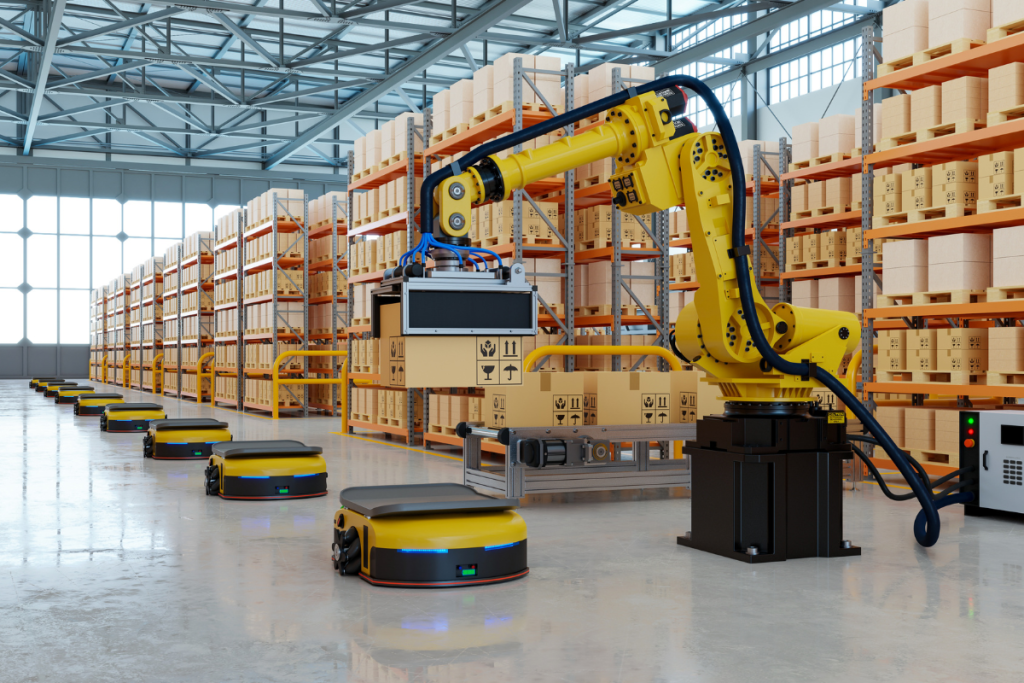DHL Group is set to deploy over 1,000 Boston Dynamics “Stretch” robots to automate the unloading of containers and trailers, expanding on earlier pilots in North America and Europe. The decision marks one of the largest known single orders for trailer-unloading robotics, signaling DHL’s intent not just to scale deployment, but to shape the next generation of warehouse automation through co-development.
Robots Unload Up to 700 Cases per Hour
Boston Dynamics’ Stretch robot, designed specifically to tackle the challenge of unloading loose-loaded freight, can handle up to 700 cases an hour, a pace that aligns with tight dock schedules while reducing manual strain in extreme temperature zones. DHL has already deployed Stretch units in U.S. and U.K. operations and will now use this order to accelerate deployment globally.
The company is also redesigning dock operations to fully harness Stretch’s capabilities, integrating conveyor and palletizing systems to avoid downstream congestion. These improvements were first demonstrated in DHL’s U.K. trials, which showcased how robotic unloading could serve as the front end of a fully automated materials handling system. According to DHL, worker feedback from existing deployments has highlighted improvements in job satisfaction as robots reduce the need for physically demanding labor.
Co-Development Strategy Replaces Traditional Model
DHL’s push goes beyond procurement. Through what it calls an “Accelerated Digitalization” agenda, the group is moving from buyer to co-developer, working closely with Boston Dynamics to test, refine, and industrialize robotics solutions tailored to logistics. Over the past three years, DHL has invested more than $1.1 billion in automation across its contract logistics business, now operating over 7,500 robots and nearly 1 million connected devices worldwide.
More than 90% of its warehouses feature at least one automated or digitalized solution. DHL is also exploring further applications for Stretch, including case picking and more complex warehouse workflows, to stretch the return on robotics investments further.
The Hidden Risk in Robot-Led Fulfillment
As robotics ecosystems scale, so does the volume and complexity of operational data they generate, from trailer unloading times to error rates in automated handoffs. While DHL’s co-development model may improve robot performance, it also raises a quieter challenge: ensuring that disparate automation layers can speak a common data language.
Without robust data harmonization, companies risk building high-performance silos that hinder real-time decision-making across the network. As automation spreads, the next competitive edge may hinge not on robot speed, but on the clarity and cohesion of the data they leave behind.




